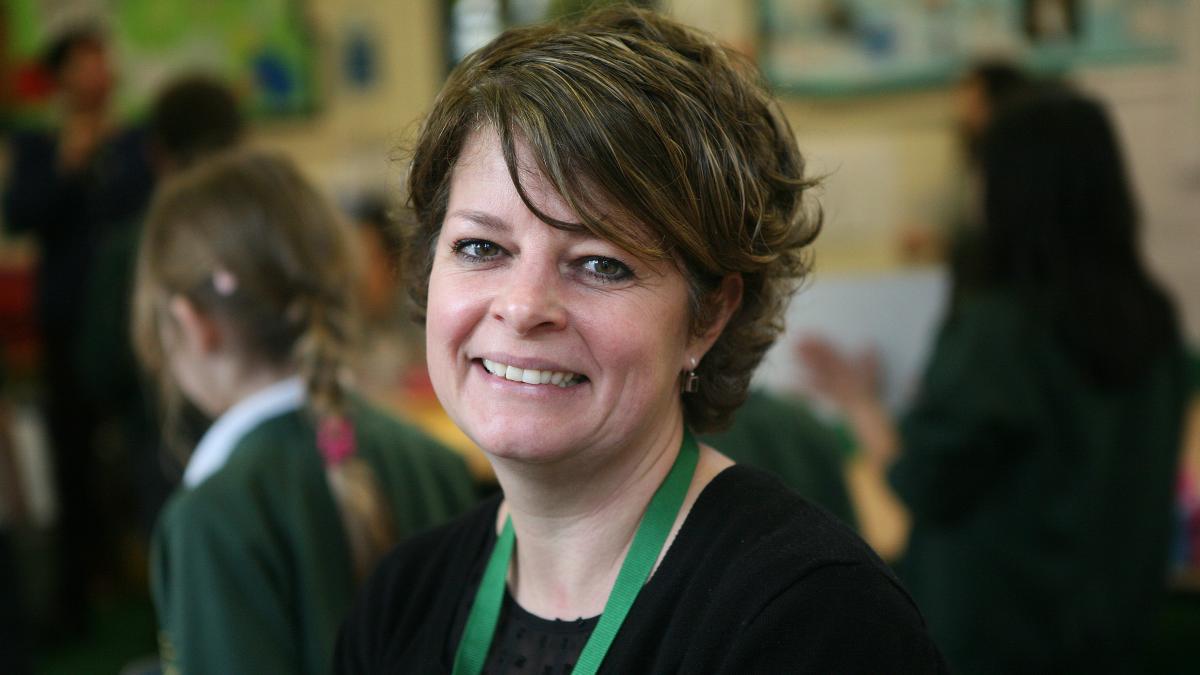We’ve had the call. It’s a phrase familiar to schools throughout the land and can mean only one thing: Ofsted’s coming. And with the recent news that only 17 per cent of the previously “outstanding” schools inspected in the last academic year had retained their top grading, it’s a phrase that will surely now inspire more dread than ever.
The schools inspectorate is on a mission to inspect the thousands of schools whose “outstanding” rating has made them exempt from inspection for more than a decade. That Ofsted should want to do this is entirely right: accountability is important, not least to ensure that schools’ safeguarding procedures are watertight.
And yet. As Ofsted progresses around the country, it does so armed with a new and radically different inspection framework from that under which these previously outstanding schools were assessed. The specifics of the framework itself are moot, but the goalposts have been shifted. Ofsted wants fewer schools with the “outstanding” label and is forming judgments accordingly.
There is nothing wrong with wanting to drive up standards but this is not the way to do it. Excellent schools are being made to seem sub-par because they are being assessed by an inflexible new metric that is still using old labels. This process of recalibration is leaving in its wake a trail of unnecessarily dispirited schools that have the unenviable task of trying to explain the situation to parents and the local community.


